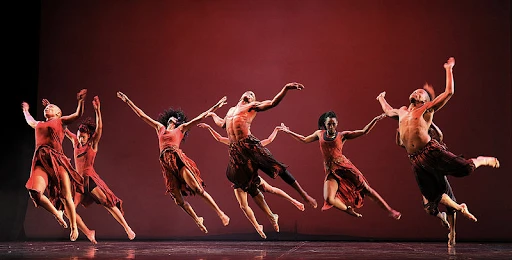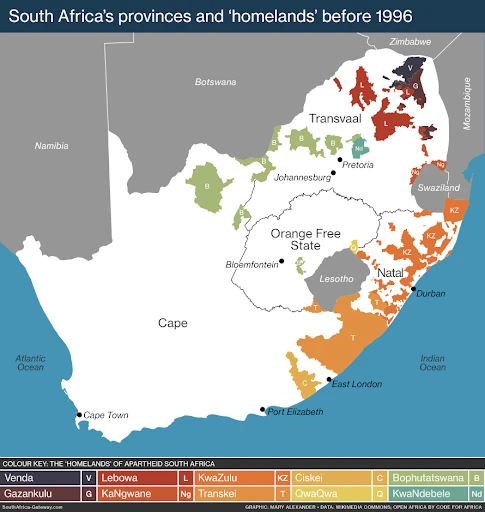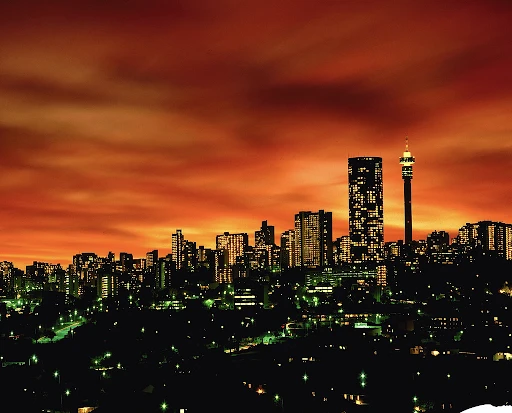Theater and art do not emerge from an inherently neutral political position—as Adrienne Sichel’s work and commentary on the practice shows, dance performance is deeply engaged with the most contentious racial issues in South Africa. Throughout the multiple decades of her experience, she captures the politics and controversies of South African theater during and since apartheid in this interview.
Adrienne Sichel began as a journalist of South African dance theater in 1970, first with The Pretoria News and then moving on to The Star Tonight in Johannesburg in 1983. Much of her reporting consisted of reporting novel and innovative dancing techniques, many of which dissented against the South African government through expressive performances of black dancers. Sichel continued to report for The Star until 2009; she now takes up independent freelance journalism alongside other opportunities to engage with the art scene, such as a University of the Witwatersrand teaching fellowship. Sichel eventually published a cultural history of the South African dance scene from the 1970s and after, Body Politics: Fingerprinting South African Contemporary Dance. In a detailed historical narrative, Sichel explicitly documents activist artists’ intentions to promote a multi-racial and multi-cultural democratic society.
While Sichel is concerned with continual crises facing South Africa, such as a lack of leadership and will to combat inequality, corruption, and the HIV/AIDS epidemic, she still optimistically believes that the arts can still maintain their ability to transform the political theater beyond the stage.
Adrienne Sichel’s interview was conducted by Daniel F. Whitman on February 17, 2010.
Read Adrienne Sichel’s full oral history HERE.
Drafted by Michael Skora
ADST relies on the generous support of our members and readers like you. Please support our efforts to continue capturing, preserving, and sharing the experiences of America’s diplomats.
Excerpts:
“It became quite dangerous, mainly for the artists in those areas.”
Racial controversies in South African theater:
Q: Now, in the span of your career, through coincidence I guess, there were great historical events in your country. Can you remember your first contact or reactions as these changes were undergone? Many people in Pretoria hid from them, but I’m guessing you did not.

SICHEL: Well, I considered everything part of my beat; of course in Johannesburg it became quite wider. It became quite dangerous, mainly for the artists in those areas. There was like an unwritten agreement. If things were really bad, they would call and say don’t come.
Q: The concern being a concentration of people in a given place, where the other people have told me that the authorities were nervous whenever there were many people gathered in one place. Was that the case?
SICHEL: No, but it sort of depended on the violence in the area, it’s a very strange, painful history because I started writing, and a colleague of mine, at the Citizen Newspaper, Marilyn Poole. We started going to performances, especially at the Funde Arts Center, which was quite accessible. We started writing about, and I started writing about performances there, and choreographers and dancers would approach me. I started getting complaints from the black media, saying, “How dare you speak to that black woman, because it’s the white press, and it was like, well, where were you?” So that was part of the difficulties.
Q: Put you in an odd situation.
SICHEL: Put them in an odd situation, as well. Some of them were Pan-Africanists, but the politics, you know, ultimately what they were doing was surviving and trying to survive through making art, and to develop children, particularly, because there was no arts education in the schools, and that’s what they were doing, arts education.
“. . . [Sylvia Glasser] started giving papers internationally about appropriating with respect. . .”
Cultural innovation and syncretism:

Q: Was there a hybrid between the forms known by the white population, which I guess must have been European influenced, and the local innovations, there must have been a hybrid of forms.
SICHEL: Right, and Sylvia Glasser created something called Afrofusion. She has trained generations and enabled generations of choreographers who are now internationally renowned, but because she also studied anthropology after studying dance, and she started giving papers internationally about appropriating with respect, so yes, that did go on. There was a huge resistance from audiences, particularly white audiences, and that’s how Dance Umbrella also helped bring this entire explosion together.
Q: Why would the whites in the audience have objected to this appropriation with respect, is this a paradox?
SICHEL: No, appropriation of traditional African dances create rich and traditional African rhythms, and what Sylvia used was technique, she was also influenced by Nikolais and she had been Graham trained as well. But she developed her own technique and own method, which is now being taught in that institution.
Q: What was it that grated against some of the audience? Did they find it unorthodox?
SICHEL: Yes, they found it, I mean, looking back, to see black bodies, trained black bodies, doing contemporary dance technique. But also, there was a much, much deeper resistance. All the funding went to the ballet companies to the white arts, and people like Sylvia Glasser and Adele Blanc and Suzette Le Sueur who started “The Dance Factory;” these were South Africans who wanted to change that. So it was about funding, and something called the Dance Alliance was formed, towards the end of the 1980s. And that was a grouping of choreographers, dancers, teachers, so they were lobbyists, they helped change.
“For me the salvation is its artists.”
What do the arts offer today politically?
Q: South Africa is always in the crucible of a crisis, positive or negative, it seems always, there’s a crisis in the sense, the Greek sense, of bifurcation, and the fate could go this way or that way at any given time. Is it that way now?
SICHEL: Oh, it’s definitely that way now. And for me the salvation is its artists.
Q: What could be the possible scenarios? That the country could descend into crime—
SICHEL: It has.
Q: It has done?
SICHEL: It has.
Q: That’s terribly sad. It’s not a political plague—
SICHEL: It’s partly political, because there is no political will, which is what happened with AIDS. And we’re reaping the whirlwind. Lack of education, corruption.
Q: Is there the possibility of resolving in this? The stakes are very high, we’ve got 40 million people here in a country that in many ways is state of the art, but its advancements are unequally distributed of course.

SICHEL: Right, there is a contradiction.
Q: The arts will do what it can.
SICHEL: But it has done a lot
TABLE OF CONTENTS HIGHLIGHTS
Education
BA in Speech and Drama and English, University of Natal, 1966–1970
Career
Pretoria, South Africa—News Reporter/Entertainment Writer/Arts Editor at The Pretoria News, 1970–1983
Johannesburg, South Africa—The Star Tonight, 1983–2009
